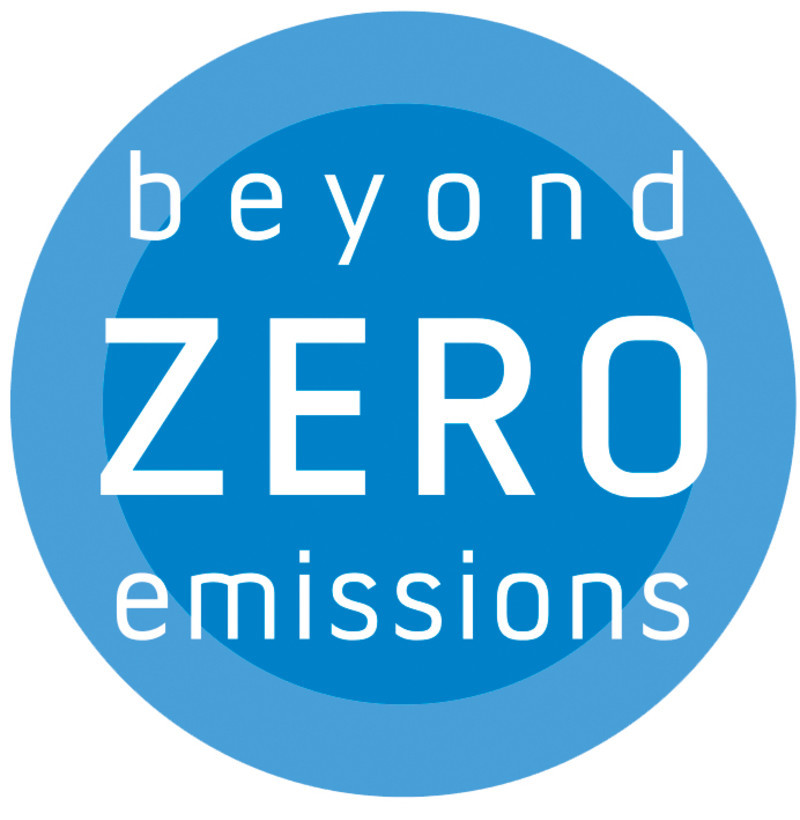Electricity prices falling across the whole supply chain for first time
The AEMC’s annual report on electricity price trends shows a falling price outlook over the next few years.

Overall residential electricity prices out to 2022 are estimated to continue falling on the back of increasing supplies of generation in the electricity market and lower regulated prices for networks. Over the three year period modelled by this report consumers would save $97 (or 7.1%) on their electricity bills out to 2022.
AEMC Chairman, John Pierce, said the 10th price trends report shows costs falling across the three key drivers of consumers’ bills.
Generation costs are falling because of additional generation; regulated network prices have been lowered in response to falling distribution costs; and green scheme costs are being driven down by cheaper large-scale generation certificates for increasing levels of renewable generation.
- Wholesale costs are estimated to fall by around $62 from FY19 to FY22 for the representative consumer as more supply comes into the market and demand remains flat.
- Network costs are estimated to decrease by $11 over this period.
- Environmental costs are estimated to fall by $21 over this period.
“While the overall national trend is down all across the supply chain there are regional differences across states and territories that will affect price outcomes depending on where you live and how much electricity you use,” Mr Pierce said.
“Overall, a representative consumer will pay around $97 less than today by June 2022.”
From FY19 to FY22:
- South east Queensland electricity prices estimated to fall overall by 20% or $278 (an annual average drop of 7.0%).
- South Australia electricity prices estimated to fall overall by 2% or $27 (an annual average drop of 0.5%).
- Victoria electricity prices estimated to fall overall by 5% or $53 (an annual average drop of 1.6%).
- NSW electricity prices estimated to fall overall by 8% or $107 (an annual average drop of 2.8%).
- ACT electricity prices estimated to fall overall by 7% or $134 (an annual average drop of 2.4%).
- Tasmania electricity prices estimated to fall overall by 5% or $93 (an annual average drop of 1.7%).
- Western Australia electricity costs are projected to rise by 6% or $102. However, actual price outcomes may be different due to different regulatory arrangements in Western Australia.
“These results for FY19 to FY22 point to the state of the market over this specific period which will see significant injection of around 5,000 MW of new supply.
More supply puts downward pressure on prices. But it’s important to note that over a decade of analysis we have seen trends change sharply in response to factors such as sudden generator closures and implementation of new policies. As such, all price projections should be seen as just that, projections.” Mr Pierce said.
Understanding what’s driving prices can help give state and territory governments the information they need to help determine if price changes announced each year by retailers are consistent with changes in the power system’s underlying costs.
Price trends will affect individual households differently depending on how much electricity each consumer uses, and how willing they are to switch to a better energy deal where market offers are available.
It will continue to be important for customers to shop around to get the best deal for their circumstances through government comparison sites such as the AER’s Energy Made Easy; and in NSW, Energy Switch.
The price trends report is a core document used to inform a range of stakeholders including the Australian Energy Market Operator the International Energy Agency and the Reserve Bank of Australia. It provides governments with information about which parts of the sector are driving changes in electricity prices and provides context for long-term decision making on energy policy.














